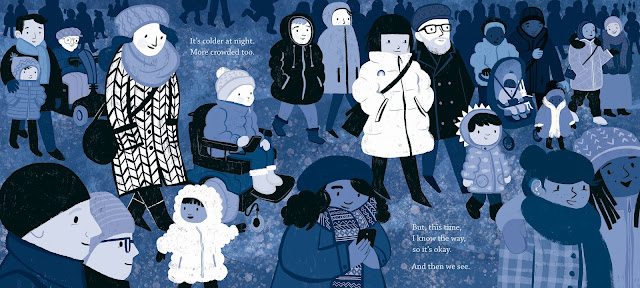by Fran Hodgkins
Everyone hopes to give their manuscript the best possible chance at being published. We check and doublecheck our grammar and spelling, search bookstores for comps, and scour the internet for agents or editors who might fall in love with our creations. Sometimes it can be stressful, and a lot of the time it can be discouraging. Perhaps you’ve thought, “If only I knew the right way to write.”
If only you had the magic formula. The “open sesame” that would unlock the door to your dreams.
But I will tell you a secret: there’s no one way to write. And because there’s no one way, that means there’s no right way.
Am I dismissing all the books about writing that are out there? Of course not. Not every book’s method will be a good fit for you. Writing is very individual, very personal. No two writers work exactly the same way because no two writers are identical.
What you need is to find what works for you.
Photo by Helena Lopes: https://www.pexels.com/photo/two-women-sitting-on-chairs-in-front-of-each-other-887723/Photo by Helena Lopes: https://www.pexels.com/photo/two-women-sitting-on-chairs-in-front-of-each-other-887723/Photo by Helena Lopes, via PexelsFor example, your writing environment can be a major factor.
· Some people prefer to work in silence, or as close as they can get to it. For these folks, the library and noise-cancelling headphones are great choices.
· Others prefer music, or just the normal sounds of life around them. Working at home may suit you, or writing in a café or coffee shop.
· Some people prefer to write alone, while others enjoy getting together either in person or online for a quiet group writing session.
How do you find out what works for you? Try them all! You may find that the library is too quiet, and the local coffee shop is a bit too loud. Maybe it’s not the place, but the time. I just Googled my local coffee shop and checked the “popular times” chart. It’s quite busy on Sundays between 10 and noon, but on Monday afternoons, it’s not too bad. So it might be worth checking out on those less-busy days.
For me, writing is best done at home. I’m fortunate enough to have an office (which right at this moment is also occupied by two cats and a dog). I can close the door to cut down interruptions, but everyone in the house is old enough to be busy doing their own thing without Mom to entertain them. And just in case things get noisy, I have noise-cancelling headphones.
“How much should I write every day?” writers ask. We’ve all heard the advice:
You must do morning pages.
You must carry a notebook at all times.
You must stay at the keyboard until you’ve written X number of words.
You must sit in front of your screen until X minutes or hours have passed.
Nonsense.
Each of these rules has those writers who adhere to it. Some swear by morning pages, which is fantastic. But what if you’re a single parent trying to get your kids out the door to school and then get to work? Not everyone’s life accommodates these rules. I used to write on the train, in longhand, going in to work; it was great. But what if I had been driving to work? Not so productive!
If you can write every day, great. If you can’t, don’t beat yourself up. But even if you can’t write five or seven days a week, do your best to make time for your writing. Maybe it will be just a paragraph or two before you fall asleep with a cat in your lap after a long day. Maybe it will be a chapter every time you escape to the library or coffee shop, or when you have a chance to have your home to yourself. (Note: When family members/roommates are absent, please please please don’t spend your time doing laundry or cleaning out the fridge! These opportunities are gifts and they must be seized!)
And guess what? Thinking counts! That time in the shower when you’re puzzling about the best name for your character, or the time standing in line at the DMV thinking about your main character’s favorite color — it all counts. Writing is as much an effort of the mind as it is an effort of the fingers tapping across the keyboard. And as a result, sometimes you may find that 500 or 1000 to 2000 word-goal that you had for your writing that day stays frustratingly out of reach. To me, that means that you need to do more thinking. Shut off the computer or close the notebook. Do something else – take the dog for a walk, dig in the garden, go food shopping. Try different things. Try different tools, environments, genres. Try getting up early or staying up late. You need to give your mind time to lay the groundwork while you explore. When the groundwork is ready, the words will come. And then you can decide on what goal works for you – the number of words, the number of hours. Because you will have found your own right way to write.
And don’t forget – have fun.
















